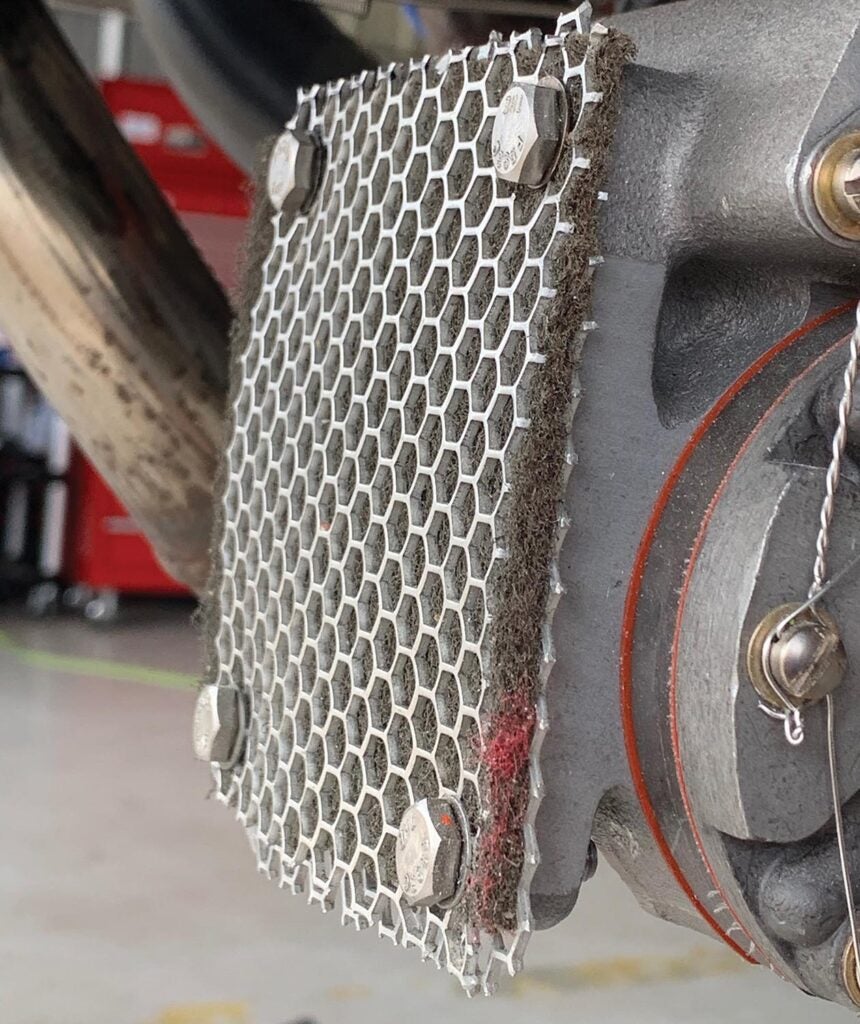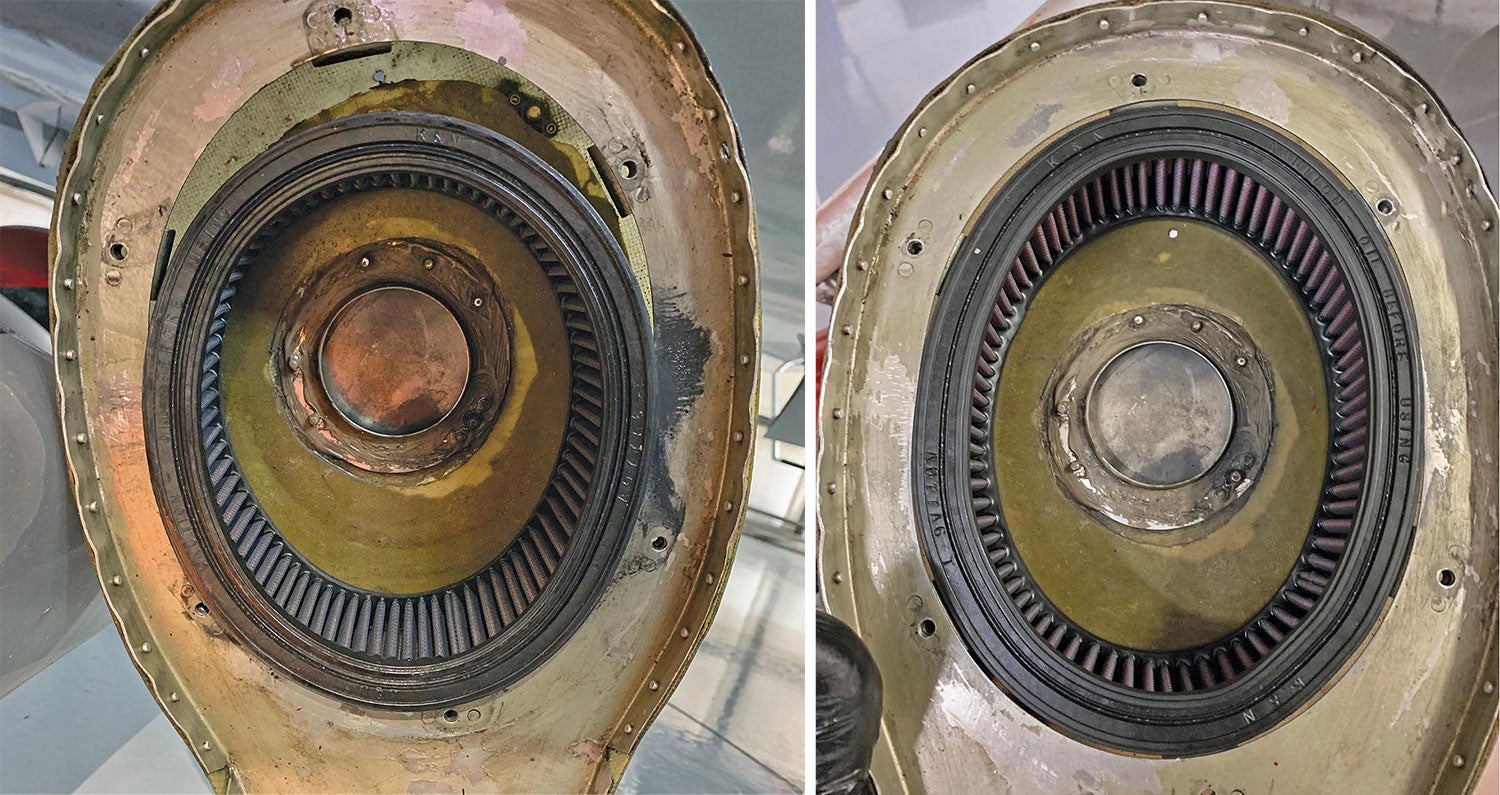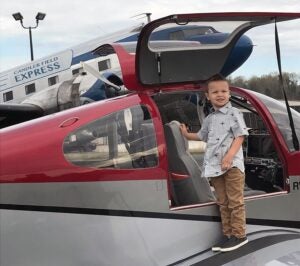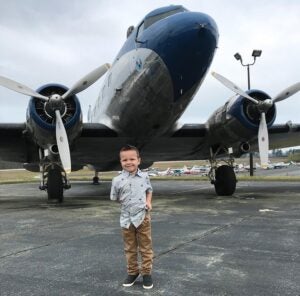Air. Fuel. Spark. Right? We learned early in our training that it takes all three to keep the fires lit, whether it’s a piston or a turbine. I thought I’d share a story with you from my early flying days that really hammered that message home to me.

I learned to fly at the Davis-Monthan Air Force Base Aero Club while on active duty. What a great deal that was, and I never understood why everyone didn’t take advantage of it. After achieving my private pilot license, which cost me $1071, Uncle Sam picked up 90% of the commercial, instrument, CFI, and MEL that I sailed through during the next 12 months. Yep, Arizona weather is absolutely wonderful for flight training, as I think I only canceled one session due to weather. Of course, I also attained that instrument rating without ever seeing a cloud! Back then, actual visibility was reported, and usually it was 100 miles or more. I still remember the first time I went flying in Cleveland, Ohio, and the briefer mentioned the visibility was 8 miles. Yikes! I definitely thought I should file an IFR flight plan. I would soon find out that 8 miles was the norm for that area, and it was considered good VFR. But I digress.
I remember we had to have quite a bit of cross-country time for the commercial rating, and I was really enjoying that part of it, especially since I was flying the Aero-club’s T-34. The T-34 was really fun to fly, having only a compass and a clock for navigation. Admittedly, it was hard to get lost with 100+ miles of visibility, but it was fun to plan the flight and then hit your checkpoints on time and then recalculate the time to your next checkpoint. Yes, this was before ForeFlight! One of my friends in the avionics shop, named Butch, was really interested in all of my flying, and I discovered that learning to fly had been a dream of his, but his size had precluded him from fitting in any of the light trainers at the time, so he took up photography as a hobby. After I started flying the T-34, I realized Butch would easily fit in the back seat, so I offered to take him flying up to the Grand Canyon so he could get some pictures. Boy, was he excited!
Due to some runway maintenance at Davis-Monthan, we moved the club airplanes over to Tucson International (TUS) for the weekend. We met at the FBO there and proceeded to preflight and get Butch and his photography equipment in the back seat. Taxi, run-up, and takeoff all were normal, and I received the handoff from tower to departure as expected. I changed to departure frequency, and just as I keyed the mic, the engine flat quit. Faster than you can read this, I checked mixture for full rich, checked both mags, made sure the fuel pump was on, and swapped fuel tanks. Just about the time I finished that, the engine roared back to life, and stayed there. Hmm. All engine gauges seemed normal, so I rekeyed the mic and contacted departure. Just about the time I heard him ask for the IDENT and announce radar contact, the engine quit again, so I swapped the tank again and rechecked everything else, at the same time turning back toward TUS. I announced my intentions to return to the field, although by now I was a little hesitant to key the mic anymore. The engine proceeded to quit about a dozen more times. By now I had stopped making any changes, knowing it would just come back on its own in about 5–10 years. OK, it was really just 5–10 seconds, but you get the idea. I told Butch we were headed back due to the engine problems, and it was funny that he hadn’t even noticed. He was busy taking pictures and having the time of his life!
Filter Follies
Once I reduced power to land, the engine ceased trying to quit. Interesting, I thought, and after I landed I taxied back to the run-up area and did a full-power run-up on the ground. The engine remained running, with no signs of hesitation at all. I knew I was going to have a very disappointed Butch in the back, but it was one of those days when I got this nagging feeling that something wasn’t right, so I decided to go back to the FBO and call the club’s mechanic, Lloyd.

Lloyd was one of those guys you inherently trust. He’d been around a while and, lucky for me, he was home on a Saturday (this was before the cell phone era too!). I explained the engine problem to him, and he said he would come out to the airport. Once there, he checked everything and we ran it up together. Of course, it ran fine. Lloyd then says, “Let’s go fly it.” For some reason I cannot explain to this day, I told him I would wait on the ground. I watched him take off, but soon he came back, and I’m thinking, this is going to be very embarrassing for me. Let me tell you that to this day I have never seen a person get out of an airplane looking so scared. He said, “It kept quitting on me!”
“No kidding,” I said.
Lloyd looked it all over again and then mentioned that it was about time for an overhaul anyway, so perhaps the engine was telling us something.
So, the engine was sent out for an overhaul, and all the while I’m missing the T-34. I did take Butch to the Grand Canyon in the club C-172. Not quite the same, but he did get his pictures, and I got a lesson in cross-controlling the airplane so he could get the picture without the wing of the airplane in view. Well, trying to feed fuel to the engine from the low wing doesn’t work very long. Yep, that engine quit, too, and I was beginning to think Butch was bad luck, but that one was squarely on me.
About a month later, the engine came back and was reinstalled. Lloyd took it up for its first flight and returned white as a sheet again! It still kept quitting! After a couple of weeks of going over everything, the air filter was replaced and the engine ran normally. It turns out the air filter was collapsing under full power and then would go back to normal shape when the engine spun down, hence all of the surging. Wow! That was an expensive lesson. Probably the air filter is the cheapest part on the engine, and yet it caused some frightening adventures and an expensive overhaul.

The Next Generation
By the way, there is another aspect of keeping the fire lit that has nothing to do with air, fuel, or spark. It has to do with the spark that is in some young aviators’ hearts and blood, probably not unlike many of you had at one time in your youth. I know I enjoy participating in the EAA Young Eagles program. I’ve taken over 300 Young Eagles for their first rides, and so far five of them have let me know that they went on to get their pilot license. I now have a 4½-year-old grandson, Connor, who seems to have the aviation bug worse than anyone I have ever seen, including myself. We go flying regularly in the RV-10, and his parents tell me he almost cries when I leave for work in the morning in the RV-10, claiming Grandpa is leaving without him.
A couple of weeks ago a good friend, Jim Sells, landed his DC-3 at our field and parked it in our backyard. Connor ran right up the aisle with his sister and sat in the pilot’s seat, proceeding to point out the engine controls and explaining what they were for! He named all of the flight controls, including the trim tabs, and knew it had radial engines. I later asked where he learned all of that, and his parents mentioned some show called Blippi. That guy should be a flight instructor!

But the story doesn’t end there. All week long he kept asking where the DC-3 went, and I told him it left for the big airshow (Sun ’n Fun). Well, I took him flying on Saturday, and instead of just going around in circles, I took him over to the airport where the DC-3 was parked. As we entered the crosswind, I told him to look down and see the DC-3. I’ve never seen a kid so excited, as he proclaimed, “Grandpa, you found it!” We landed and parked by it, and walked around to see some other airplanes, including a Seawind, which I explained could land on the water. He said he couldn’t wait to tell his mom that I found the DC-3, so I asked if he would like to call her. It was the funniest thing listening to the enthusiasm as he told her I found the DC-3, and that there was this other airplane that had an engine on the empennage. Yep, empennage. I had never used that word while showing him the Seawind. Gotta love that Blippi fellow.
Then he made a comment that had me puzzled for just a bit. The airport was busy, with lots of airplanes starting up and departing. Connor said to me that they must be going home. After a little back and forth, I realized it was his first time at an airport other than our fly-in community, so to him they were heading home just like we were going to be doing! I finally understood the adage, “through the eyes of child” that day.
I intend to do my very best to keep his aviation spark alive and hope someday that I can share with you that it stayed lit.













